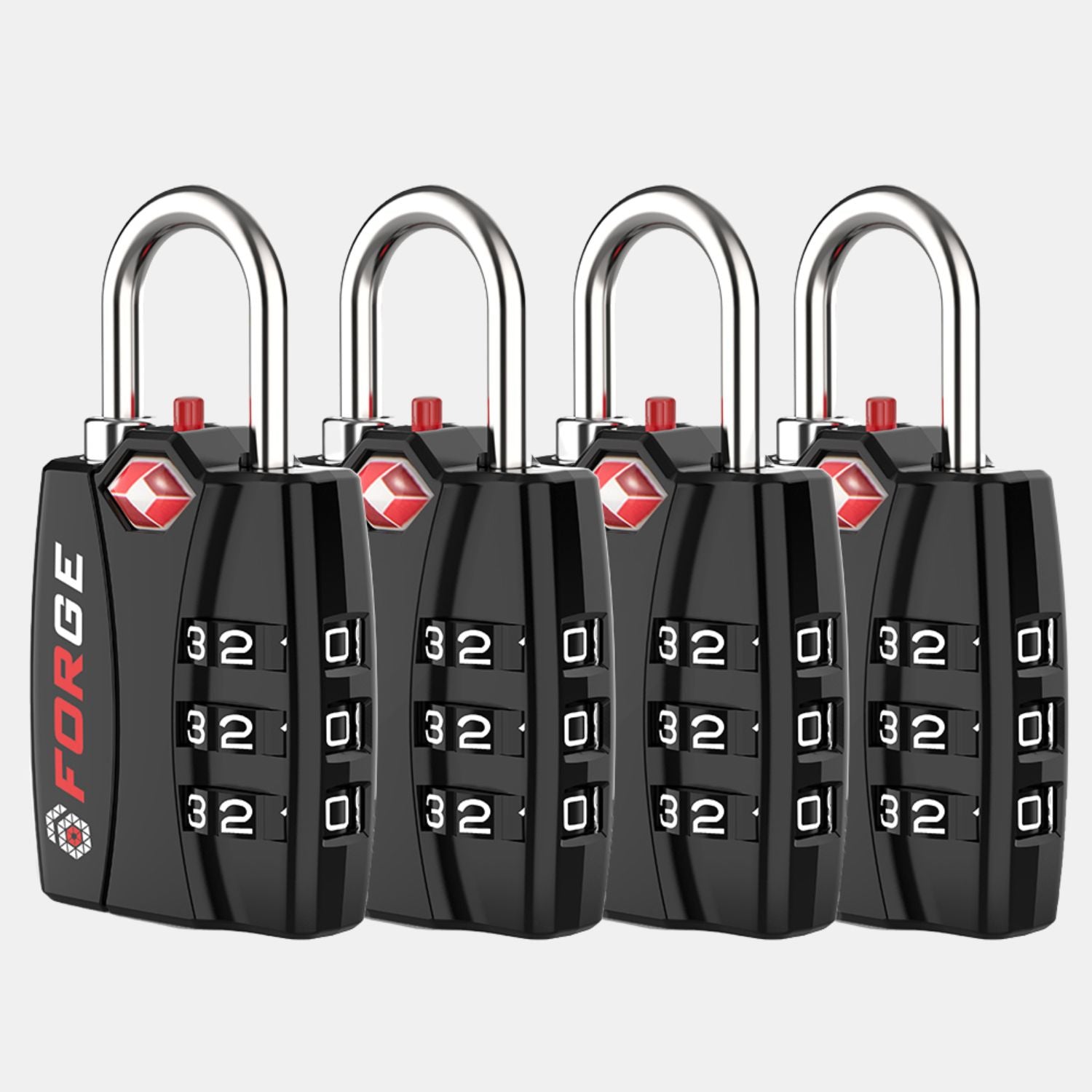Unlocking Secrets: The Battle Between Combination Locks and Key Locks!
Locks have been a fundamental part of security for centuries, serving as the guardians of our valuables and privacy. Among the various types of locks, combination locks and key locks stand out as the two most common forms of protection. Combination locks utilize a sequence of numbers or symbols to unlock, while key locks rely on physical keys to operate. In this article, we will delve into the functionality, advantages, and disadvantages of both types, helping you make an informed decision based on your unique security needs.

Understanding Combination Locks
Combination locks are mechanisms that open with a specific sequence of numbers or symbols, rather than a physical key. They can come in various forms, including dial locks, which require you to rotate a dial to the correct numbers, and electronic push button locks, which allow you to enter a code directly. The inner workings of combination locks involve intricate mechanisms that align pins or gears when the correct sequence is entered. Unlike traditional locks, which rely on metal keys, combination locks provide a different approach to security that can be both effective and user-friendly.
Advantages of Combination Locks
One of the primary benefits of combination locks is that they eliminate the need for a physical key, reducing the risk of losing it. This can be particularly useful in situations where multiple people need access, such as in gyms or schools, where users can simply remember their code. Additionally, combination locks can be easily customized with various sequences, making it simple to change the combination if security is compromised. Moreover, many people find combination locks straightforward to use, as long as they remember the code.
Disadvantages of Combination Locks
However, combination locks are not without their drawbacks. A significant risk is the potential for forgetting the combination, which can lead to frustration, especially in emergency situations. Furthermore, these locks rely heavily on mechanical accuracy. If the mechanism becomes worn or damaged, it may not function correctly, leading to locked-out users. Additionally, some combination locks can be vulnerable to tampering, where skilled individuals can manipulate the mechanisms to gain access.
Understanding Key Locks
Key locks function on a more traditional principle, utilizing a physical key to unlock the mechanism. When the correct key is inserted and turned, it aligns various pins within the lock, allowing the bolt to move and unlock the door or safe. This mechanism has been widely used for centuries and remains a reliable option for securing homes, offices, and valuables. Key locks come in various designs, each with different levels of complexity and security, making them a versatile choice for many users.
Advantages of Key Locks
One of the key advantages of key locks is their straightforward design and reliability. Most people are familiar with how they operate, which makes them easy to use. Additionally, sharing access is simple; you can easily give a key to someone else without needing to share a code. This can be particularly advantageous in households or offices where multiple individuals require access. Key locks also tend to be less susceptible to issues like forgetting access codes, as long as you don’t misplace your key.
Disadvantages of Key Locks
However, key locks come with their own set of challenges. The most apparent issue is the risk of losing keys, which can leave you locked out and scrambling to find a replacement. Additionally, key locks can be vulnerable to picking, a concern that is less prevalent with combination locks. Lastly, carrying multiple keys can be cumbersome and inconvenient, especially if you have various locks to manage.
Comparison of Combination Locks and Key Locks
When comparing combination locks and key locks, the decision often comes down to specific needs and preferences. For instance, if you prioritize convenience and the ability to share access without physical keys, a combination lock may be more suitable. They also lend themselves well to scenarios requiring frequent changes in access, such as rental properties or shared facilities. On the other hand, if you prefer simplicity and a proven, reliable method of securing your belongings, a key lock might be the better choice. Ultimately, the best option will depend on your particular security needs, lifestyle, and personal preferences.
Security Choices: Weighing Combination vs. Key Locks
In summary, both combination locks and key locks offer unique advantages and disadvantages that cater to different security needs. Combination locks provide ease of use without the worry of losing keys, but they can pose challenges if you forget the combination. Key locks, while straightforward and reliable, come with the risk of losing keys and potential vulnerabilities to picking. As you consider your options, take the time to evaluate your personal security requirements and choose the lock type that best aligns with your lifestyle and peace of mind.








